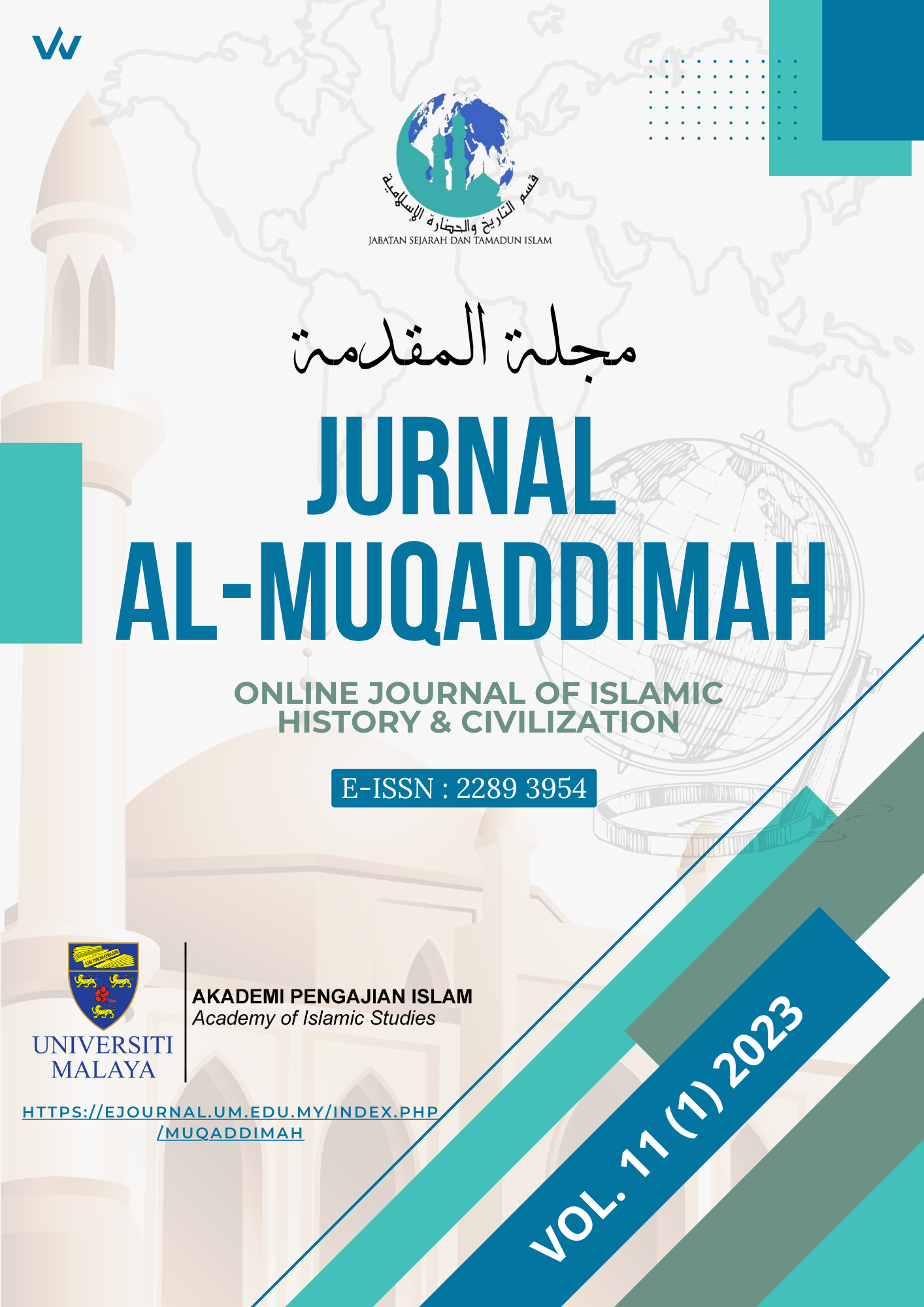Main Article Content
Abstract
This scientific paper attempts to give a brief picture of e-learning for future generations. It aims to clarify two objectives. The first one is to know what e-learning is, what its types are, and what its characteristics are. The second one is to record its advantages and disadvantages. Consequently, the goals, characteristics, advantages, and constraints of e-learning are codified. The researcher has adopted an analytical-descriptive approach. Finally, the study concluded a set of findings, of which the most important is that e-learning is a modern method of education in which modern techniques and communication mechanisms are used to support the educational process. Moreover, e-learning provides an interactive environment with a multifaceted, mobile, individual, and holistic variety, which plays a role in solving the obstacles or reasons for reluctance toward education. In fact, e-learning has characteristics and advantages such as speed, flexibility, low cost, and easy access to a teacher without effort or hardship. While its disadvantages are that it is easy to penetrate examinations, get answers to questions, and use others in solving tests. Moreover, society sees e-learning system graduates as less efficient and skilled than traditional education system graduates.
Keywords
Article Details
Copyright (c) 2023 Al-Muqaddimah: Online Journal of Islamic History and Civilization

This work is licensed under a Creative Commons Attribution-NonCommercial-ShareAlike 4.0 International License.
By submitting manuscripts to the Al-Muqaddimah, authors agree to transfer copyright to the journal. However, authors may republish their work or grant others permission to republish it; in which case it should be accompanied by a proper acknowledgment that the work was originally published in the Al-Muqaddimah. The journal adopt CC-BY-NC-SA licence which authors may also share and distribute their article anywhere of non-commercial website, social media and repositories immediately on publication.
Authors may also reuse the Abstract and Citation information (e.g. Title, Author name, Publication dates) of their article anywhere at any time including social media such as Facebook, blogs and X (Twitter), providing that where possible a link is included back to the article on the journal site.

